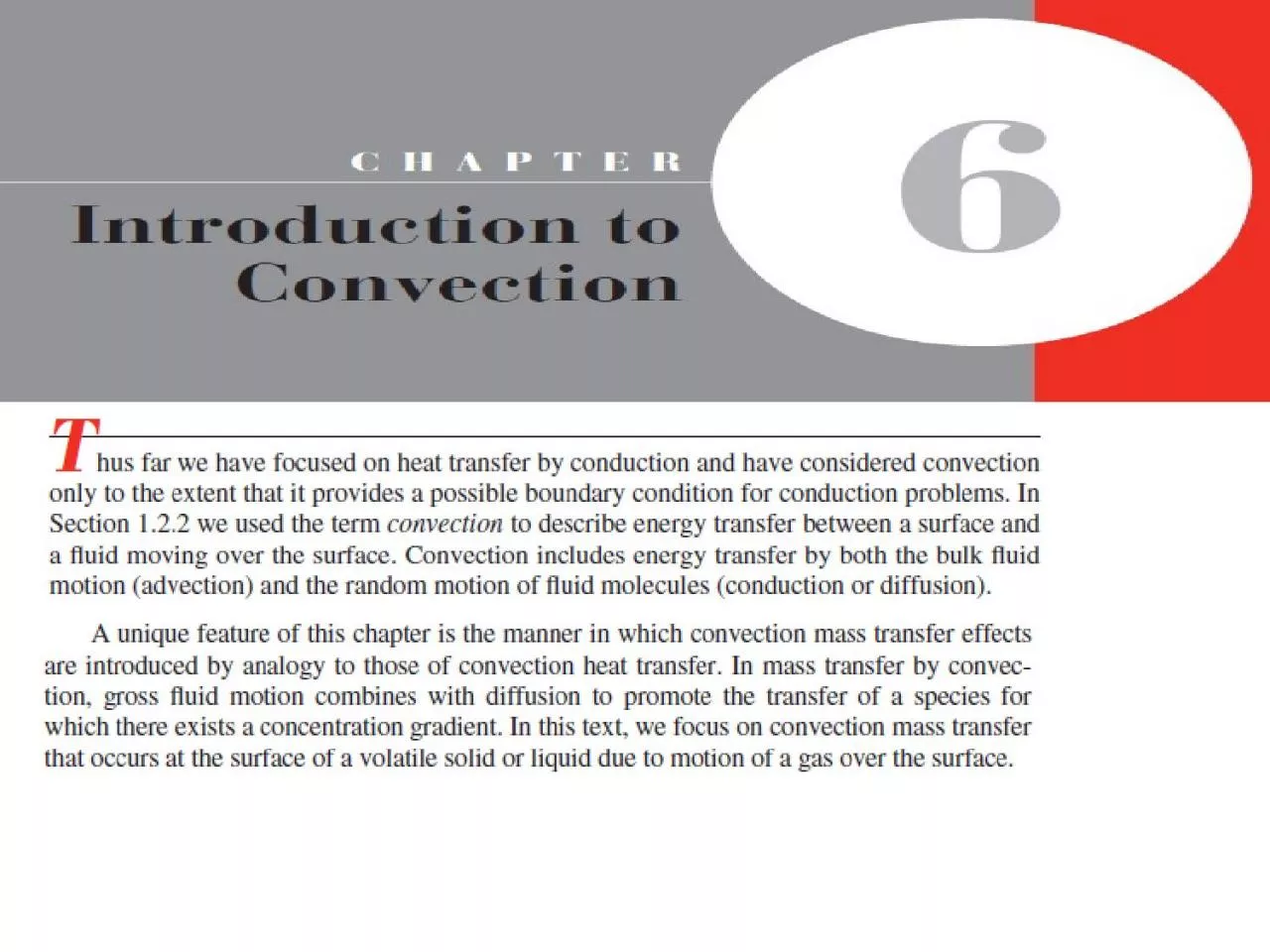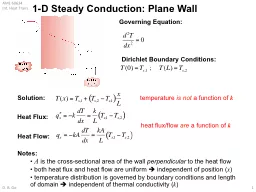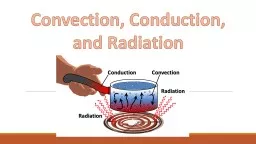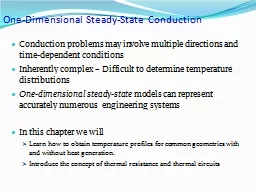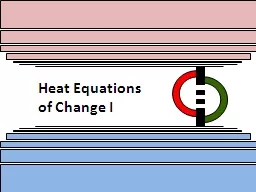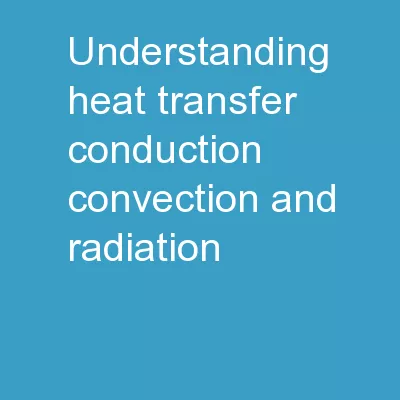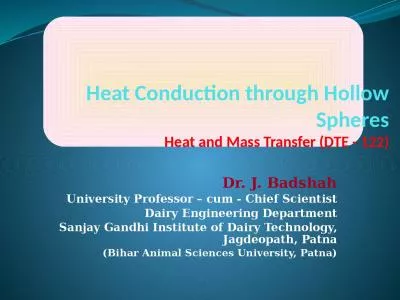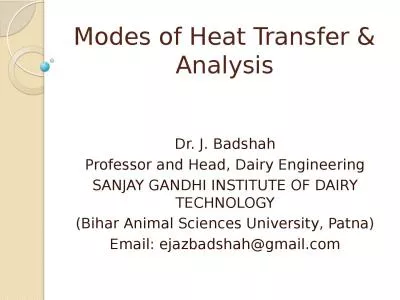PPT-Heat transfer through a solid is always by conduction, since the molecules of a solid
Author : jaena | Published Date : 2023-10-25
presence of bulk fluid motion and by conduction in the absence of it Therefore conduction in a fluid can be viewed as the limiting case of convection corresponding
Presentation Embed Code
Download Presentation
Download Presentation The PPT/PDF document "Heat transfer through a solid is always ..." is the property of its rightful owner. Permission is granted to download and print the materials on this website for personal, non-commercial use only, and to display it on your personal computer provided you do not modify the materials and that you retain all copyright notices contained in the materials. By downloading content from our website, you accept the terms of this agreement.
Heat transfer through a solid is always by conduction, since the molecules of a solid: Transcript
Download Rules Of Document
"Heat transfer through a solid is always by conduction, since the molecules of a solid"The content belongs to its owner. You may download and print it for personal use, without modification, and keep all copyright notices. By downloading, you agree to these terms.
Related Documents

